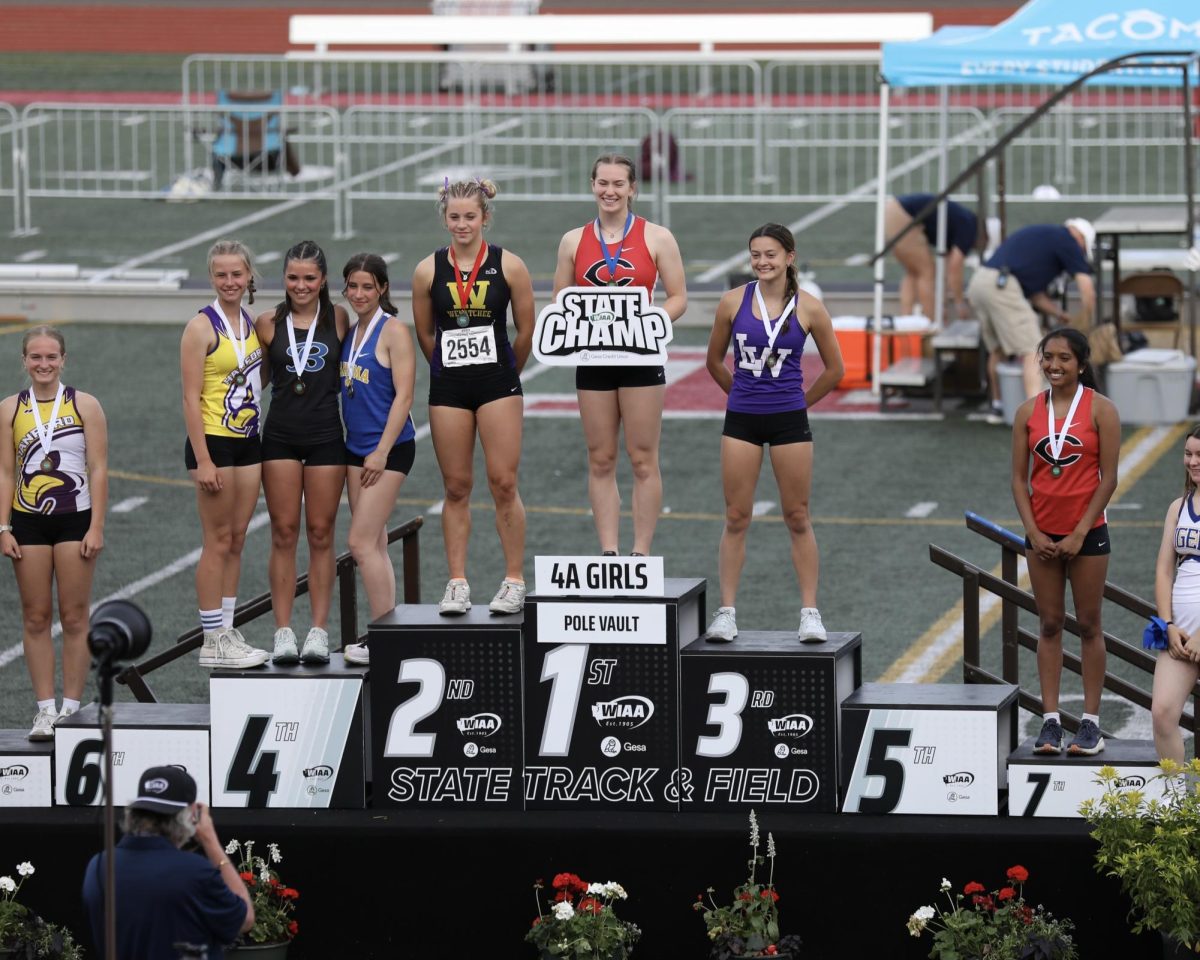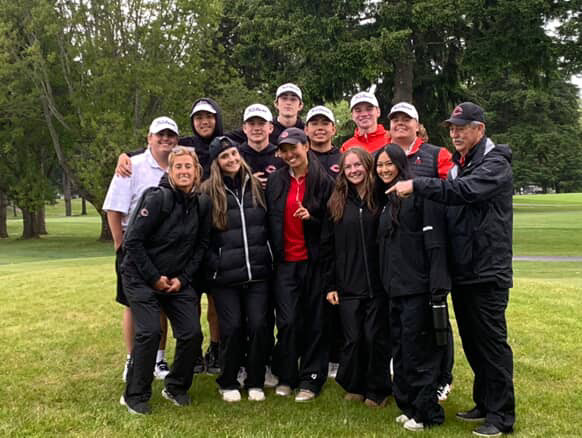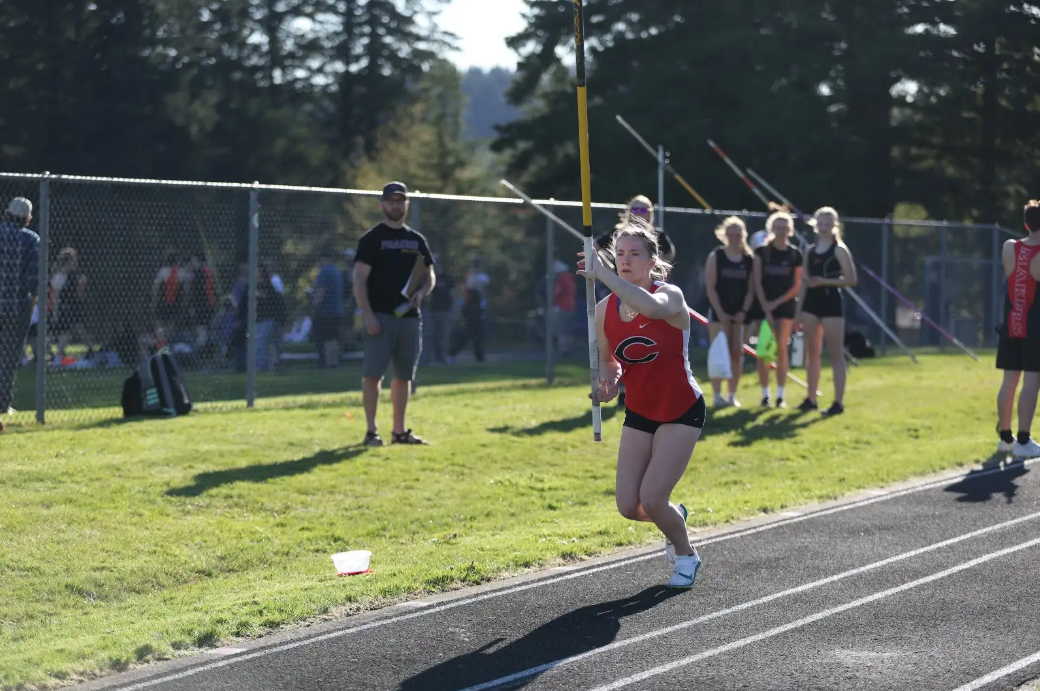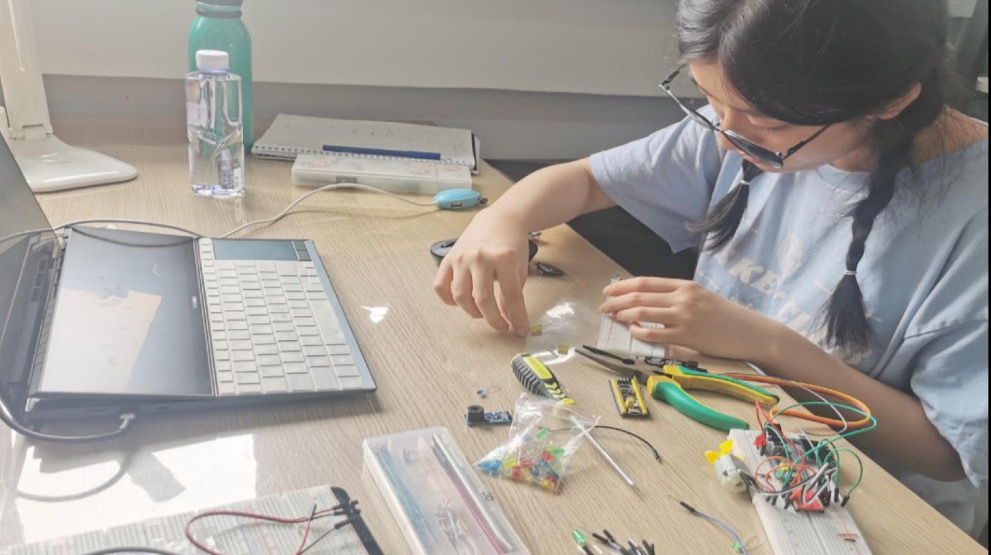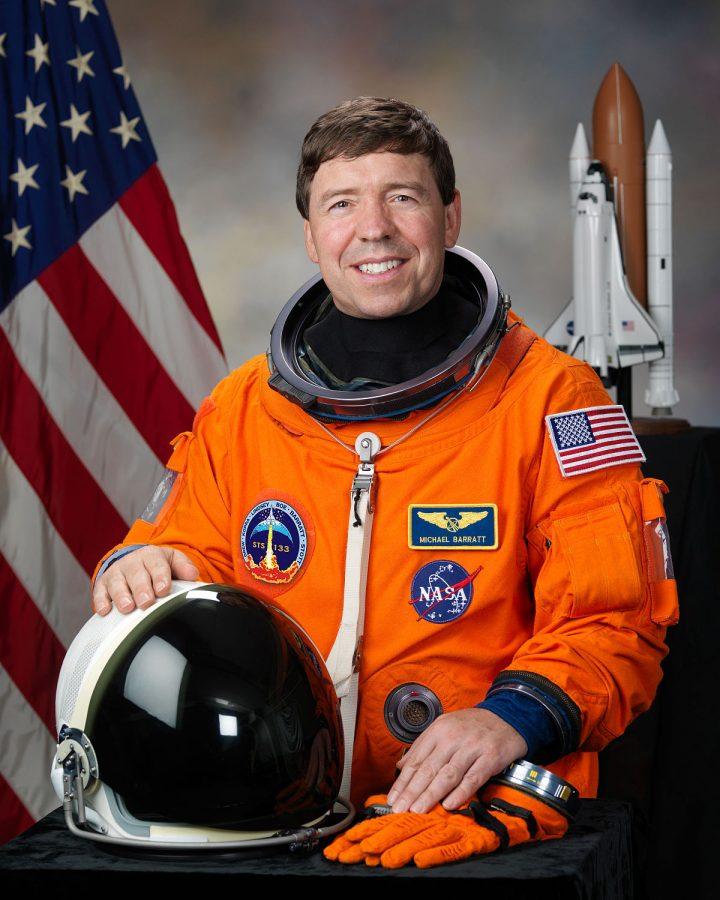Spring break has come to a close and students have mozied on back to school on Monday, April 9. To their surprise, not only were classes shortened to only forty-five minutes long, but also they were able to hear about the life a local hero: Dr. Michael Barratt.

Barratt was raised in rural Camas, Washington, on a small farm in the 1960s and 1970s. After going to college and gaining experience as a doctor, he became an astronaut for NASA. He now travels around to different high schools, among other institutions, sharing about his experience and how he got to where he is today. However, this specific visit was special to him as he came back to his roots to give a presentation to the very high school he graduated from forty-one years ago.

His talking points included his small town upbringing, educational experience, and, of course, career as a NASA astronaut. After his upbringing in Camas, and graduation from Camas High School, he went on to study marine zoology at the University of Washington. Before he started working for NASA, Barratt went to Northwestern University and Wright State University where he got a Doctor of Medicine and a Master of Science in Aerospace Medicine. He later went to work for NASA as a Flight Surgeon until he became the Medical Operations Lead for the International Space Station (ISS). He applied for the astronaut program and was accepted into the astronaut class of 2000.
Barratt has been on two space missions so far: one launching with American astronauts on the Discovery Space Shuttle, and the other on a Russian spacecraft. He described the differences between the two space flights by take off and landing as both flights had the same destination. The American Discovery flight started with a rough take off. “You could definitely feel when the rocket left the pad,” he said. In order to maintain orbit, the space shuttle had to reach a speed of 17,500 miles per hour. This tremendous speed is obtained in a mere eight and a half minutes. The opposite was true for the Russian Soyuz trip; the take off was fairly smooth and much easier to handle. While the Discovery had a harsh beginning, its landing involved a runway just like a normal airplane and was much smoother than that of the Russian Soyuz. He went on to say that it was a very horrifying experience. “The glass started melting and you could see the glass getting thinner and thinner,” he said.

Apart from the take off/ landing experience, Barratt has been in space for two hundred and twelve days between his two trips to the ISS. During his missions, he participated in four spacewalks (two on each). He told of his experience on the ISS and of being in zero gravity as well. “There is no up and down up there; it’s all what you make it to be,” he said. He went on to say that the zero gravity really messes with people’s bodies. “About half of all astronauts experience space motion sickness,” he said. However, luckily for the astronauts, it wears off after only a few days.
Camas High School welcomed Barratt with open arms giving him nearly an hour to present to the entire school. Some classrooms were lucky enough to experience the whole event from the theater where he was presenting. The rest of the school watched via a live stream from their classrooms. Students were thrilled when they heard there was an astronaut visiting the school. Senior Jordan Slotto said, “I think it was very insightful for anybody; it was definitely a once in a lifetime experience.” Another student, Vincent Delbosque, said, “I actually really want to go to space now.” While the odds are very slim (14 out of 18,000 make it), there is still a chance. Barratt mentioned that he is not the only astronaut from the local area. He briefly spoke of another local astronaut from Kent, Washington, whom he is currently training.
Although his visit was short-lived, Barratt will certainly leave a lasting impact on the students and staff of Camas High School. He even left behind a certified piece of CHS memorabilia that has been on the ISS. This is not the first time he has talked to the students of CHS, and it hopefully will not be the last.

